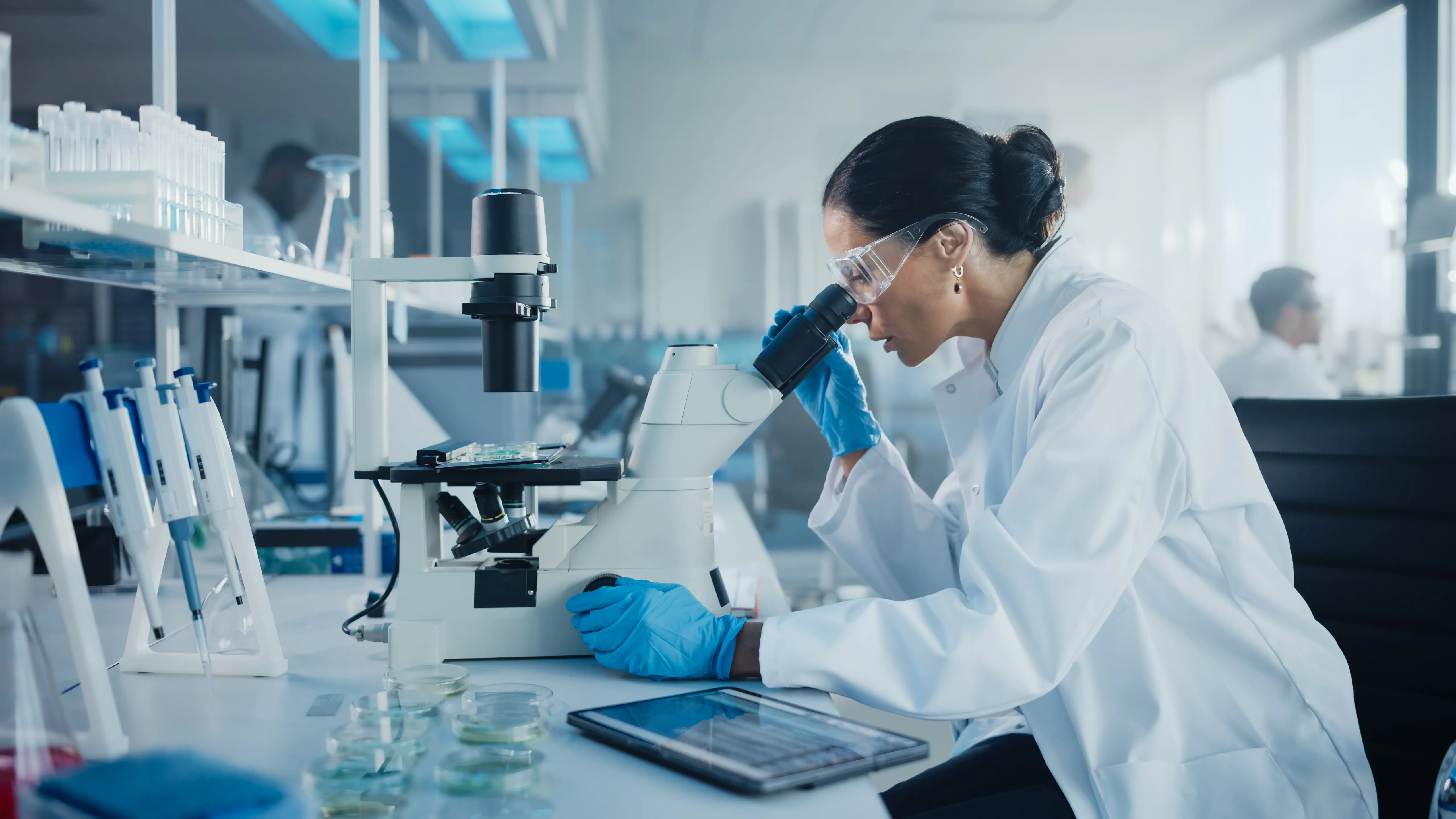Biocontainment refers to a wide-range of containment measures to control the spread of infection which also deals with engineering controls that are not found in the traditional setup of hospital isolation wards. A biocontainment facility must consider these following factors:
- The facility should provide protection to the patients via a unique and contained system with highly-trained staff on infectious diseases.
- The facility should protect other patients and the whole community from the threat of disease spread.
- The facility should protect the laboratory workers who will be dealing and handling pathogenic specimens.
- The facility should provide protection towards the healthcare worker/s.
In high facility setups, all involved personnel and operators must be well trained with an in-depth understanding of the characteristics of infectious diseases. The Centers for Disease Control and Prevention (CDC) together with the National Institute of Health (NIH), prepared a risk assessment to develop the ascending biosafety levels of containment required when handling biological agents:
- Biosafety Level 1 (BSL-1): intended for work involving well-characterized agents not known to cause disease in healthy adult humans; of minimal potential hazard to personnel and environment.
- Biosafety Level 2 (BSL-2): intended for work when dealing with agents with moderate potential hazard to the personnel and the environment.
- Biosafety Level 3 (BSL-3): intended for handling indigenous pathogenic agents that may cause serious or potential lethal disease caused by exposure via inhalational route.
- Biosafety Level 4 (BSL-4): intended for handling indigenous pathogenic agents possessing a high individual risk of aerosol-transmitted laboratory infection and possibly, life-threatening disease.
Risk levels were also established by the NIH under the guidelines on recombinant DNA:
- Risk Group 1 (RG1): the agents being processed or handled do not have any associated disease with regards to healthy adult humans.
- Risk Group 2 (RG2): the agents being processed or handled are associated with human disease but is rarely serious. Preventive or therapeutic interventions are already available for such diseases.
- Risk Group 3 (RG3): the agents being processed or handled are associated with serious or lethal human disease, yet, preventive or therapeutic interventions may be available for them.
- Risk Group 4 (RG4): the agents being processed or handled are likely to cause serious or lethal human disease, and preventive or therapeutic interventions are not available.
In developing a biocontainment facility, the institution must not only consider the type of agents to be handled and their associated risks; rather, even the architectural details including HVAC designs and structural requirements (i.e. emergency power) must be properly reviewed. The overall facility design must comply with any and all applicable federal, state, and local regulations.
Esco Healthcare is equipped with isolation and barrier technologies to provide containment of pathogenic substances. These technologies isolate the whole process from the operators and the environment to provide protection from untoward exposure to possibly lethal pathogens. Any contagion risks are therefore, also prevented.
The range of different pressure-tight isolators Esco Healthcare offers is a guarantee that a perfect fit is possible for each institution’s specific process. Negative pressurization is employed to ensure containment inside the system along with proper HEPA/ULPA filtered airflow for a Grade A or ISO Class 5 working environment. An integrated biodecontamination system (BioVap™) utilizing hydrogen peroxide (H
2O
2) for a 6 log reduction in bioburden inside the isolator chambers, is one of the features offered. Additionally, customizations involving the integration of critical systems inside the isolator for a smooth and contained process, is also possible.
References:
- Bozenhardt, H & Bozenhardt E. (2017). Biocontainment: Understanding Biosafety Levels. (2020). Retrieved 12 December 2020, from https://www.pharmaceuticalonline.com/doc/biocontainment-understanding-biosafety-levels-0001
- Cieslak, T.J., Kortepeter, M.G. A Brief History of Biocontainment. Curr Treat Options Infect Dis 8, 251–258 (2016). https://doi.org/10.1007/s40506-016-0096-2
- Detrick, N. (2020). Comparative Evaluation of Procedures and Regulations for Biocontainment Facilities. Retrieved 12 December 2020, from https://www.ncbi.nlm.nih.gov/books/NBK220311/
Related Articles:
- Containing the Coronavirus Disease 2019 (COVID-19)
- Into the Genome: COVID-19 Diagnostics
- Esco Life Sciences and Healthcare is Strengthening its Core in Biocontainment
Recommended Products


